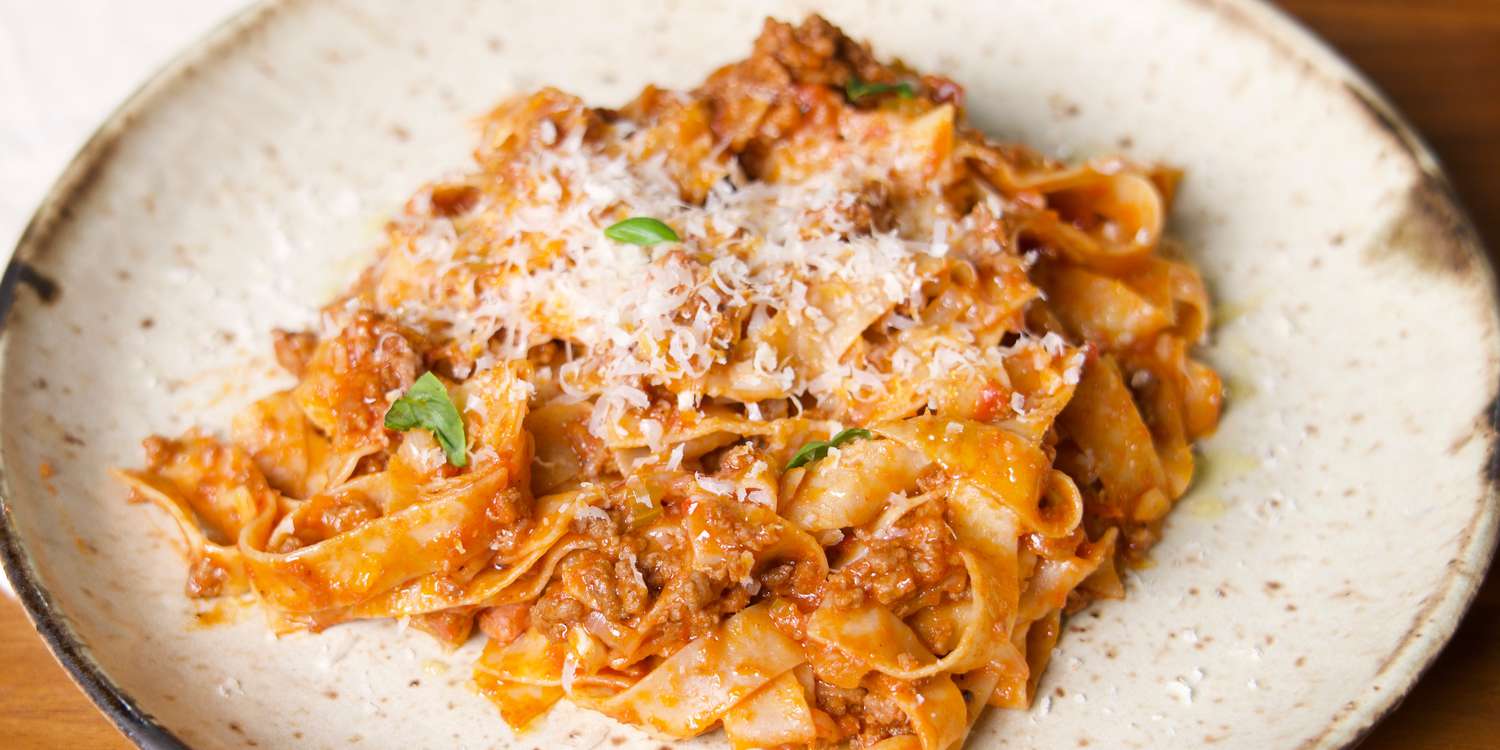If you’ve ever had sauerkraut, kombucha, or miso, you’ve sampled the power of fermentation. Kimchi harnesses that power to create a uniquely spicy, salty, and satisfying condiment that enhances every dish it touches. Learn more about this Korean staple and the endless ways to use it.
What Is Kimchi?
Kimchi is a Korean fermented vegetable condiment, usually with a base of some type of cabbage. It’s often flavored with various types of chilis or chili pastes, but the most common is a Korean red pepper flake called Gochugaru. Other flavor boosters like fish sauce or dried shrimp are often added as well as aromatics like ginger or garlic.
Kimchi can also be made with several types of radishes or other leafy vegetables like bok choy. There are many different types and recipes for kimchi, nearly as many recipes as families making it. Regional traditions combined with geographically available ingredients can shape recipes as well.
How Is Kimchi Made?
Kimchi can include many different combinations of ingredients, but generally, the method of getting from raw ingredients to a delicious jar of kimchi is the same. Like many fermented foods, kimchi starts with a salt brine. This is insurance against any harmful bacteria and ensures delicious fermentation and not spoilage. Then, just the good bacteria is left behind.

This type of bacteria feeds on sugar; the by-product is lactic acid, the same type of acid that gives yogurt its tang. A spice paste is added and massaged into the veggies and once everything is combined, the kimchi is firmly packed into jars. The lactic acid goes to work, partially breaking down the veggies and working on those delicious flavors.
Some choose to leave their kimchi for just a few days, while others leave it for much longer to heighten its sour flavor.One of the significant benefits of making kimchi at home is you can totally control the flavors to suit your preferences. Like your kimchi spicy? Up the chili paste. Cooking for vegetarians? Omit the fish sauce. Have some extra carrots kicking around? Add ’em in!
There are more than 100 different varieties of kimchi out there, so finding a recipe tailored to your preferences is easy. If you’re looking to start experimenting with making kimchi at home, a basic recipe with room for tweaks is a great place to start.
What Does Kimchi Taste Like?
If you’ve never tried kimchi before but are a fan of any type of pickled or fermented foods, you’ll probably love kimchi’s funky tang. Some kimchi is spicy, while others are milder. In general, it has a distinct fermented flavor that plays well with all types of ingredients, especially rich, fatty flavors and salty items.
Depending on what veggies are used, the texture can be crunchy from radishes or daikon, or lightly crisp in the case of cabbage. If you happen to see a few types of kimchi at the store, snag a couple of different varieties and try them out to see which ones you like best. It never hurts to have a few different types on hand for different dishes.
How to Use Kimchi
Kimchi is a Korean dish, and many Koreans eat it every day, even multiple times per day. It goes well on the side of your favorite Korean dishes, especially things like pork belly or Bibimbap. Savory kimchi pancakes are a quick way to keep kimchi the star of the dish and are great at any time of day, especially when dunked in a salty dipping sauce or drizzled with spicy mayo.

Get the recipe: Corned Beef Kimchi Fried Rice
Kimchi can also jazz up an otherwise boring grilled cheese — just add a hefty scoop into your sandwich with some nice cheddar, it’s a classic combo that brings a comfort food staple to a whole new level. If you’re new to the wonderful world of kimchi cookery, a great way to try it out is simply mounded atop a steaming scoop of rice, crowned with a crispy fried egg. Once you’ve tried that, take the plunge into kimchi fried rice. You won’t regret it.
Where Can You Buy Kimchi?
Depending on where you live, you might be able to find at least one brand of kimchi in your local grocery store. The shelf-stable kind can usually be found in the international section or possibly with the pickled items. Some varieties of kimchi are not canned and sealed and are sold fresh, usually in the produce section near the tofu.
If you have a Korean or Asian supermarket in your community, patronize it. They’ll generally have many different varieties, and you’ll have lots more to choose from. They might even have locally made brands or unique varieties that you can’t get anywhere else; it’s more than worth the trip.
How to Store Kimchi
Some kimchi is sold shelf stable so until it’s opened, it can be stored in a cabinet or pantry. If it’s homemade or sold fresh, it should be stored in the fridge, any prolonged stint at room temperature could foster harmful bacteria or accelerate spoilage. So long as the liquid is covering the veggies and everything is submerged, your kimchi should stay fresh for months.
Related:
- 10 Probiotic-Rich Foods That Aren’t Yogurt
- Super-Flavorful Korean Barbeque Recipes
- 10 Korean Breakfast Dishes To Start Your Day in a Flavorful Way




